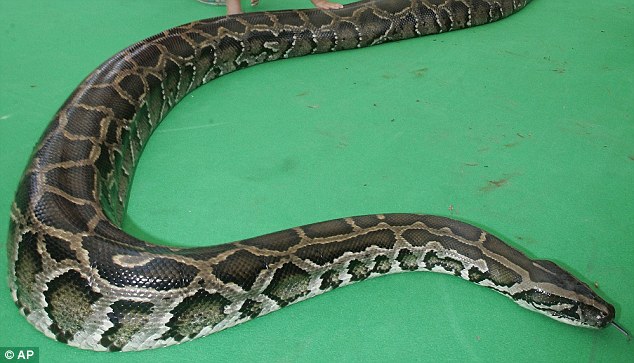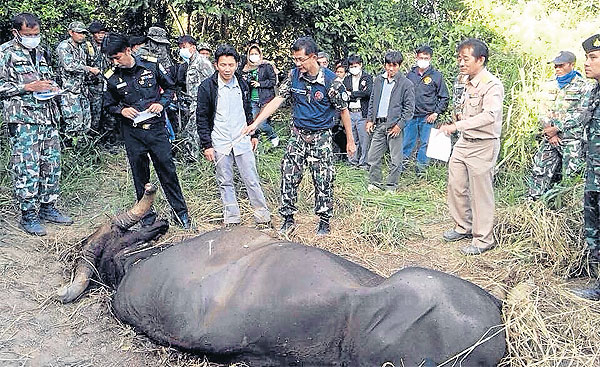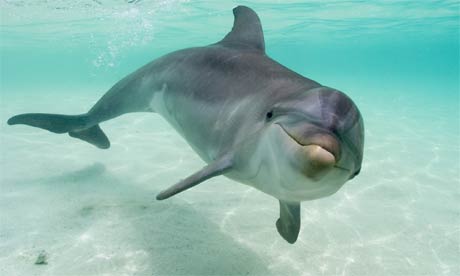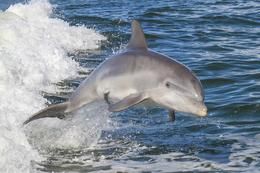Ambar Arianto Mulyo, 59, who worked at a nearby restaurant, had offered to help capture the 15ft-long snake which had been spotted several times near the hotel in Bali's Sanur area.
Mulyo managed to secure the snake's head and tail and put it on his shoulders, according to Agung Bawa, an assistant security manager at the hotel, which is closed for renovations until 2015.

People watching the incident were unable to help and called the police, who came but failed to save the man.
The python escaped into nearby bushes and police were still searching for it.
The incident happened at around 3am as the python was crossing a road near the Bali Hyatt hotel.
'It happened so fast,' Bawa said. 'We were sad because we could not do anything to help him.'








